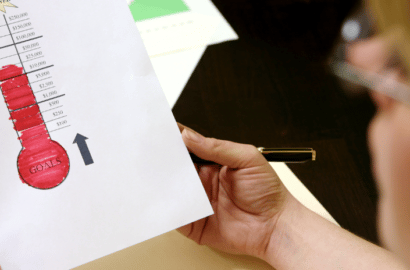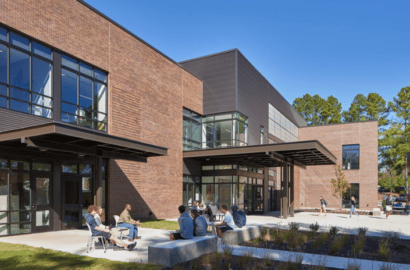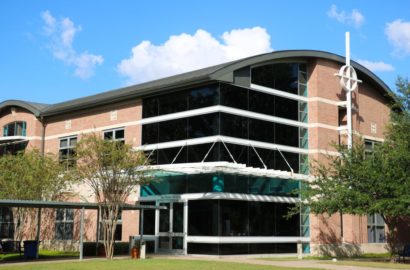
Institutional research is a growing practice for private and independent K-12 schools. The Center for Institutional Research in Independent Schools (CIRIS), defines it as “the work of using quantitative and qualitative data to describe and analyze school processes… to help a school assess how well they are attaining their mission and provide insights for ways to improve.”
Whether you’re just starting your institutional research journey or you’re looking to improve your program, it’s important to know two things: there is no institutional research without data, and the success of your research largely depends on the quality of your data. This blog will explore how your school’s student information system (SIS) can aid institutional research through a centralized data source, strong data culture, and institutional knowledge to ultimately make data-informed decisions.
Centralize School Data
For many schools, the first step towards conducting institutional research is to identify what data sources are currently in use. Victoria Muradi, Director of Strategic Initiatives at Durham Academy, began with an inventory of the school’s data sources. Her goal was to identify where data was stored and how the school could connect siloed systems.
After a thorough audit, she discovered there were more than twenty-five data sources across the school, including the Veracross SIS. Different departments were using systems in different ways, creating redundancies and data integrity concerns. Muradi knew that most of the school’s data could (and should) be reflected in Veracross as the database of truth. She worked with each department to align on data practices and encouraged everyone to use the SIS as their system of record.
“If we could move everything into Veracross, then it’d enable us to capture where a student is throughout their entire fourteen-year experience [at Durham Academy],” says Muradi. “We encouraged everyone to do the school a favor long-term by letting everything live in one place… It’s not micromanaging; it’s delivering on our mission and making sure we’re being student-centric and longitudinally focused.”
The more information that lives in one place, the easier it is to identify trends and assess areas of opportunity.
Shape Data Culture
A common misconception with institutional research is that it only exists to highlight the negative things happening at a school. Josh Berberian, Director of Institutional Research at Episcopal Academy, approaches his role as an opportunity to positively shape the school’s data culture.
You need to celebrate the wins. Highlight things that are already happening and doing well. Get out and win hearts and minds!
One example of this is to start small with something people can easily wrap their heads around. Berberian recalls a project he led on course enrollment: the goal was to increase the number of female students who took advanced computer science classes. By assessing academic data in Veracross, he was able to pinpoint which female students were exceling in computer science. The department then sent personalized invitations to each student to encourage them to enroll in more advanced classes. This simple initiative increased female enrollment from single digits to 50/50 participation.
“Some of the most rewarding work I’ve done is starting small,” adds Berberian. “That’s what really builds the data culture… Institutional research is often focused on big questions, but it can also be smaller — like helping a teacher understand how they’re doing.”
Gain Institutional Knowledge
After gathering your data and establishing a positive school-wide attitude towards data, you can then analyze your findings and put it into action.
Durham Academy was keen to do just that. As a pre-kindergarten through grade 12 institution, students can potentially have a 14-year career at the same school. That’s a lot of data! As institutional research gained traction at Durham Academy, there was an appetite to measure student success from pre-K through grade 12 in accordance with the school’s overarching mission: to have moral, happy, and productive students.
Using the Veracross SIS as their source of truth, Muradi worked with internal stakeholders to assess student progress and see the school’s impact over time.
Make Decisions
Regardless of what institutional research looks like at your school, the end goal remains the same: to make data-informed decisions for your school community. These goals will look widely different from school to school depending on your mission, goals, departments, and student population.
Here are a few examples of how we’ve seen schools use data to make proactive decisions:
Admission offices can predict whether an applicant will be successful at the school based on historical data like GPA, standardized test scores, recommendation letters, and interview performance. This can help the school make an informed decision about whether to accept or deny the student.
Academic departments can analyze student performance to see which students are struggling. At Durham Academy, Muradi built a dashboard for this very purpose. This data helped the school realize that new students often struggled when transitioning to the Upper School. They were then able to create a support program and provide additional resources to help bridge the gap.
Business offices can analyze financial data to determine tuition structures and financial aid distribution. This benefits both the school and the community by balancing affordability with the institution’s long-term goals for financial sustainability.
For more ideas on how you can use your SIS to support institutional research, catch up on our on-demand webinar with Muradi and Berberian.



